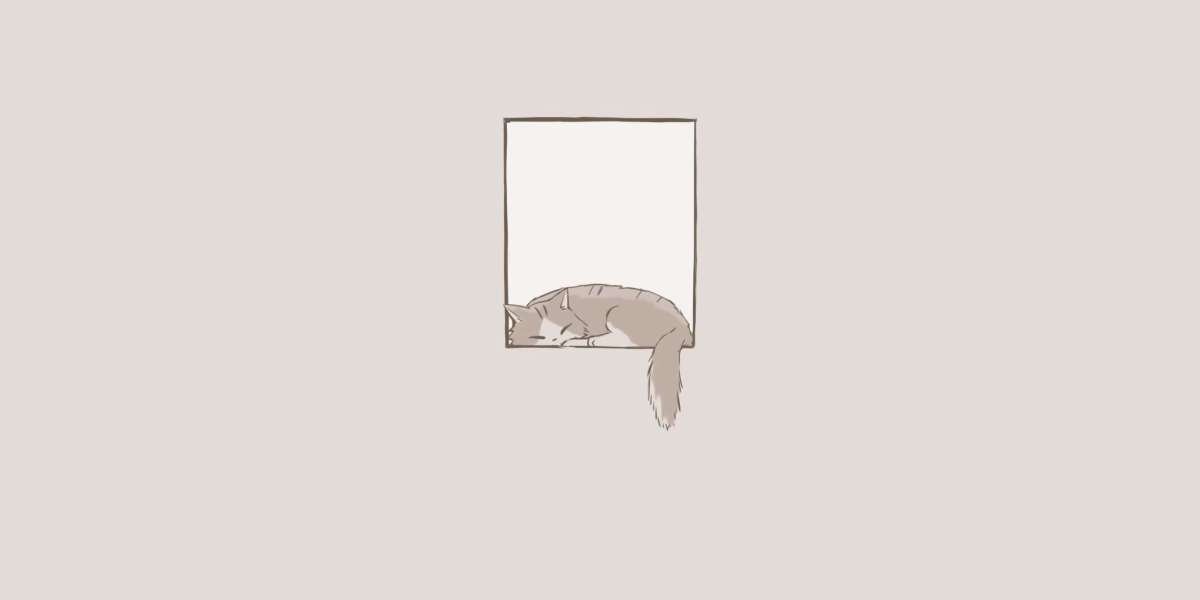Hearing aid tubes play a crucial role in the functionality of hearing aids. These small, flexible tubes connect the hearing aid device to the earpiece, allowing sound to travel from the device into the ear. However, like any other component, hearing aid tubes can encounter common problems that may affect their performance. In this article, we will explore some of these issues and provide innovative solutions to ensure optimal hearing aid functionality.
1. Tube Blockage
One of the most common problems with hearing aid tubes is blockage. Over time, earwax, moisture, and debris can accumulate inside the tube, obstructing the sound pathway. This blockage can result in reduced sound quality or even complete sound loss.
To solve this problem, it is important to regularly clean the hearing aid tubes. Use a soft, dry cloth or a specialized cleaning tool to gently remove any visible debris. Avoid using water or cleaning solutions, as they can damage the tubes. Additionally, it is recommended to schedule regular appointments with an audiologist who can professionally clean and maintain your hearing aids.
2. Tube Dislodgement
Another common issue is the dislodgement of hearing aid tubes. Due to daily wear and tear, the tubes may become loose or detach from the earpiece or the hearing aid device itself. This can result in distorted sound or no sound at all.
To solve this problem, it is essential to ensure that the tubes are securely attached to both the earpiece and the hearing aid device. Carefully inspect the tubes and gently push them back into place if they are loose. If the tubes are damaged or worn out, it may be necessary to replace them. Consult with your audiologist or hearing healthcare professional for assistance in obtaining the correct replacement tubes.
3. Tube Hardening
Over time, hearing aid tubes can become stiff and hardened, affecting their flexibility and fit. This can lead to discomfort, poor sound quality, and even feedback issues.
To solve this problem, it is important to regularly inspect the tubes for signs of hardening or stiffness. If you notice any changes in the tube's texture or flexibility, it may be time to replace them. Additionally, storing the hearing aids in a dry and cool environment can help prevent tube hardening. Avoid exposing the tubes to excessive heat or direct sunlight, as this can accelerate the hardening process.
4. Tube Discoloration
Tube discoloration is another common problem that can occur with hearing aid tubes. Exposure to oils, sweat, and environmental factors can cause the tubes to change color, becoming yellowish or brownish.
To solve this problem, regular cleaning and maintenance are essential. Wipe the tubes with a soft cloth or use specialized cleaning wipes to remove any oils or sweat. Avoid using harsh chemicals or alcohol-based solutions, as they can damage the tubes. If the discoloration persists, consult with your hearing healthcare professional for further guidance.
By addressing these common problems with hearing aid tubes, you can ensure optimal performance and longevity of your hearing aids. Remember to regularly clean and inspect the tubes, and seek professional assistance when needed. With proper care, your hearing aids will continue to provide you with the best possible hearing experience.








